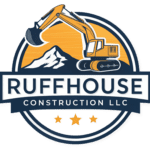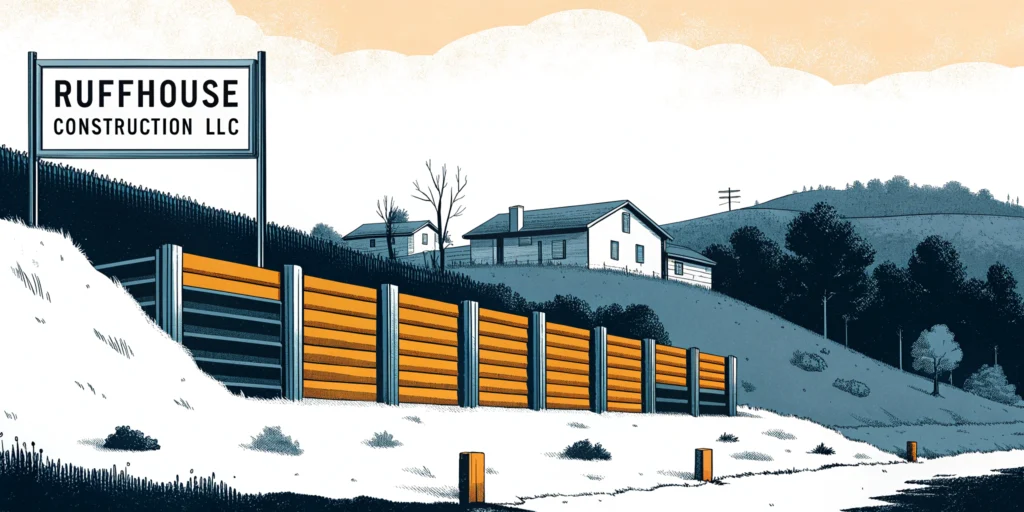Selecting the right lagging panel material options ensures safe, reliable shoring for your deep excavations. You rely on these panels alongside soldier piles to resist soil pressure and protect your site. In this guide, we’ll compare materials and help you pick the right fit.
Understanding lagging panel materials
When you install a soldier pile and lagging system, you set steel beams at fixed intervals. You then slide horizontal lagging panels between them to hold soil (learn about soldier pile wall construction). This system adapts to varying depths and soil types, giving you flexible excavation support.
Common panel material choices
| Material | Key traits | Benefits | Drawbacks |
|---|---|---|---|
| Timber boards | Wood planks, locally sourced | – Cost-effective – Quick replacement |
– Rot risk – Limited lifespan |
| Precast concrete | Factory-made panels, uniform thickness | – High durability – Consistent quality |
– Heavy weight – Crane required |
| Composite polymer | Fiberglass or plastic blend | – Lightweight – Corrosion resistant |
– Higher cost – Limited supply |
| Steel plates | Bolted or welded segments | – High load capacity – Long service life |
– Expensive – Heavy handling |
Comparing these materials helps you balance installation speed, durability and cost.
Weigh performance factors
Consider these factors to guide your selection:
- Strength and durability ensure panels resist soil pressure over time.
- Load capacity matches panel thickness to your site’s earth and hydrostatic forces.
- Installation efficiency covers handling weight, on-site adjustments and insertion speed.
- Environmental impact evaluates sourcing, recyclability and waste reduction.
- Cost implications include material, transport and disposal expenses.
Best practices for material selection
- Evaluate soil and water conditions first. This helps you match panel strength to site loads and meet safety requirements.
- Align material choice with your schedule and crane access to keep timelines on track.
- Review local and federal guidelines to ensure compliance.
- Coordinate with your design team early. See lagging panel design and soldier pile and lagging wall design.
- Plan for inspections and maintenance to extend panel life and uphold excavation shoring safety guidelines.
Choosing RuffHouse Construction
RuffHouse Construction LLC leads excavation support systems across WA/OR. You get:
- WA/OR leader in soldier pile and lagging installations
- Proven track record: 200+ projects with zero safety incidents
- Full-service support: design, permitting, installation and maintenance
When you’re ready to discuss your next soldier pile and lagging panel project, contact RuffHouse Construction LLC. We’ll help you choose the optimal material for your site and keep your timeline intact.
Frequently asked questions
-
What is a lagging panel?
A lagging panel is a horizontal board placed between vertical soldier piles to retain soil in excavation walls. -
How do I choose the right material?
Match panel strength to soil conditions, weigh cost against durability and check project schedule and regulations. -
Can I mix timber and concrete panels?
Yes, mixing timber and precast concrete panels can optimize cost and performance in different zones. -
How often should I inspect panels?
Inspect panels after major rain events or at least every 30 days to spot wear or displacement. -
What factors affect installation time?
Panel weight, on-site handling and crane availability all influence how quickly crews can insert and secure each panel.
Ready to start your own soldier pile wall project in Seattle, Tacoma, or anywhere in Puget Sound?
Learn how Ruffhouse Construction delivers safe, code-compliant soldier pile and lagging wall installations for any site.
See our Soldier Pile Installation Services for details and request a free estimate today.

